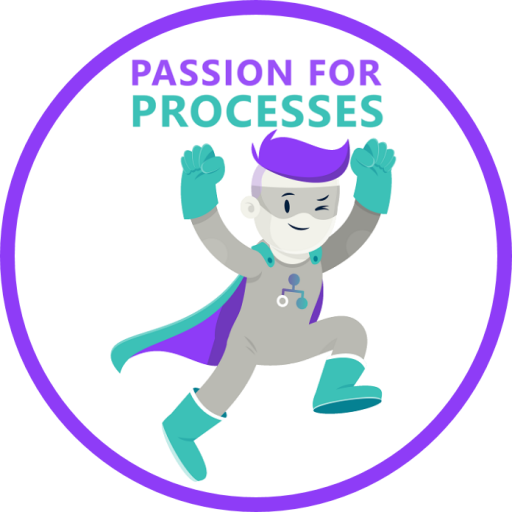I recently attended the customer presentation of publisher Springer Science+Business Media at the Process Intelligence Roadshow in Frankfurt.
It’s amazing! The company needs to ship over 3 million scientific and technical books and almost 5 million journals every year in Germany alone. So how do they measure those logistics?
It’s no coincidence that the SPOT project (Springer Performance Optimization Tool) is all about improving performance via a cross-process reporting tool. Although Springer already executes its order processes in a central ERP system from SAP, the system hasn’t provided the ability to "see a summary of the current order status in a dashboard" explains Eric Schmitt, Executive Vice President – Customer Service, who is responsible for logistics fulfillment. Schmitt turns out to be a real fan of ARIS Performance Dashboard, which gives him the desired up-to-the-minute view of the overall picture.
He’s clearly impressed with this smart, intuitive, but above all process-oriented view, which allows him to focus on the essentials. At Springer, this boils down to two questions: "Which processes handle 80 percent of the business?" and "Which core processes have short cycle times and which need to be optimized?" The man responsible for answering these business-critical questions is Andreas Neumann, IT Director, Global STM Units. He showed the 70-plus roadshow visitors how the new ARIS Process Performance Manager (ARIS PPM) product from IDS Scheer had allowed process KPIs, such as turnaround time (TAT) for print on demand, to be measured for the first time. Neumann explained the significance of this development for attendees not familiar with the print media industry by highlighting the issues involved: Other publishers order specific quantities of books and journals from Springer, who then has to deliver them by an agreed date. If the item is out of stock, copies have to be printed in time to meet demand. The problem is that changes often occur while the order processes are being executed, such as different quantities or even cancellation of complete orders. Internal problems can also arise, e.g. damaged or incorrectly addressed shipments. To overcome what are essentially "routine" order processing challenges and prevent recurrences by improving the process flow, reliable figures are needed — along with the ability to "see real-world processes, i.e., as displayed in graphical form by ARIS PPM." To give attendees a practical example, he guided them through each step of a transaction via the ARIS PPM process view.
For many experienced ARIS users in the room, it was a revelation to see a business process looking exactly the same as during modeling. This notation is known as an event-driven process chain (EPC). But the difference here is that the transaction is automatically generated from the running SAP system, from customer order through to inventory and finally shipping — an impressive feat even for a knowledgeable audience such as this one.
"In the ARIS PPM world, this is called a process instance," said Neumann. "This form of individual tracking is important to us because we can use the details of the actual transaction to respond appropriately to customer complaints." Springer also uses ARIS PPM internally to support analytical inventory adjustments, rather than relying on gut instinct to decide whether remaining copies should be kept in stock or pulped. Having reliable process KPIs makes such decisions easier and reports are provided faster than in the past: "They are now available within 5 to 30 minutes and are fully up-to-date," says expert PPM user Schmitt. This speeds up the whole business of warehouse clearance. Springer achieved all this in the space of just 6 months and required fewer than 50 days of consulting.
You can catch the roadshow on Nov. 26 in Singapore and on Dec. 02 in Sydney. Join the shows and see Process Intelligence live and in action. You can find the agendas on the website at: www.process-intelligence.com




